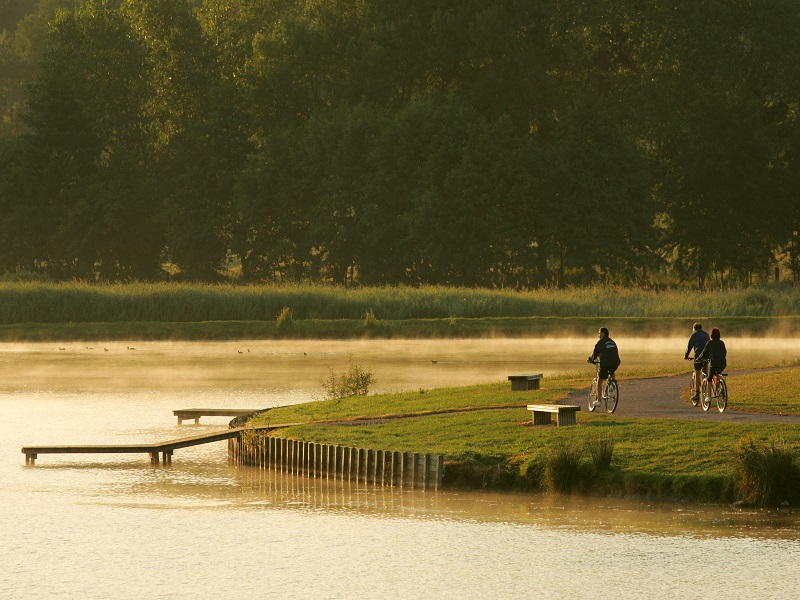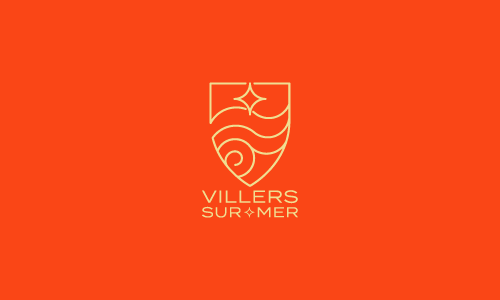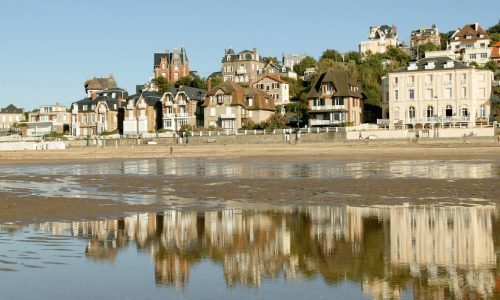A natural park
Breathe fresh sea air in a preserved natural area in the countryside!
The 110-ha marshes are the only natural green area of the Côte Fleurie. Despite its proximity to the sea, it is a freshwater marsh fed by the water courses coming from the surrounding hillsides. The marshes, a preserved natural park, host a varied flora and fauna, included in the ZNIEFF list (Zone Naturelle d’Intérêt Ecologique Faunique et Floristique).

A varied flora and fauna
The marshes, a real place of encounter between the beach and the countryside, represents for birds a site to reproduce, stopover and feed. There are rare species like bitterns and nationally protected species of amphibians such as European green treefrogs, agile frogs, green frogs and moor frogs.
It is the perfect shelter for protected plants in Normandy, such as the whorl-leaf watermilfoil or the bulbous foxtail. The distinctive character of the marsh is hosting aquatic plants such as the various-leaved water starwort, the small pondweed, the hairlike pondweed and riverbank species like the marshmallow and the flowering rush.
Family activities
Have a calm and relaxing moment at the marsh and enjoy the playgrounds, landscaped paths, benches, pétanque courts and a bike rental service. You can also have lunch or a snack at the restaurant or an ice cream near the Musée le Paléospace.
30 hectares of marshes, a precious natural heritage
About thirty hectares of marshes are found to the east of the seaside resort, at the edge of Blonville-sur-Mer. Despite its proximity to the sea, the marsh is still fed by fresh water coming from the surrounding hillsides.
This preserved natural park hosts a varied fauna and flora, included in the type 1 ZNIEFF list (Zone Naturelle d’Intérêt Ecologique Faunique et Floristique).
The Villers-sur-Mer marshes are an important flyway during pre- and post-breeding bird migrations (from the east to the west). The hedges found along the walking paths shelter nests where waterhens and common coots breed their offspring in pre-existing channels.
The marshes also shelter about one hundred mallards and many more varieties of ducks, geese and swans.
Seagulls come here to rest and plunge in the water to get rid of parasites and salt accumulated during the day. Grey herons and little egrets roam the marsh to look for invertebrates or small fish. At high tide, herring gulls and white swans come to bask on the lawns of the channel.
To preserve biodiversity, it is forbidden to feed animals and collect vegetable species.
The marsh is a very popular destination to spend a relaxing time and enjoy the playgrounds, landscaped paths, benches and a pétanque court.



